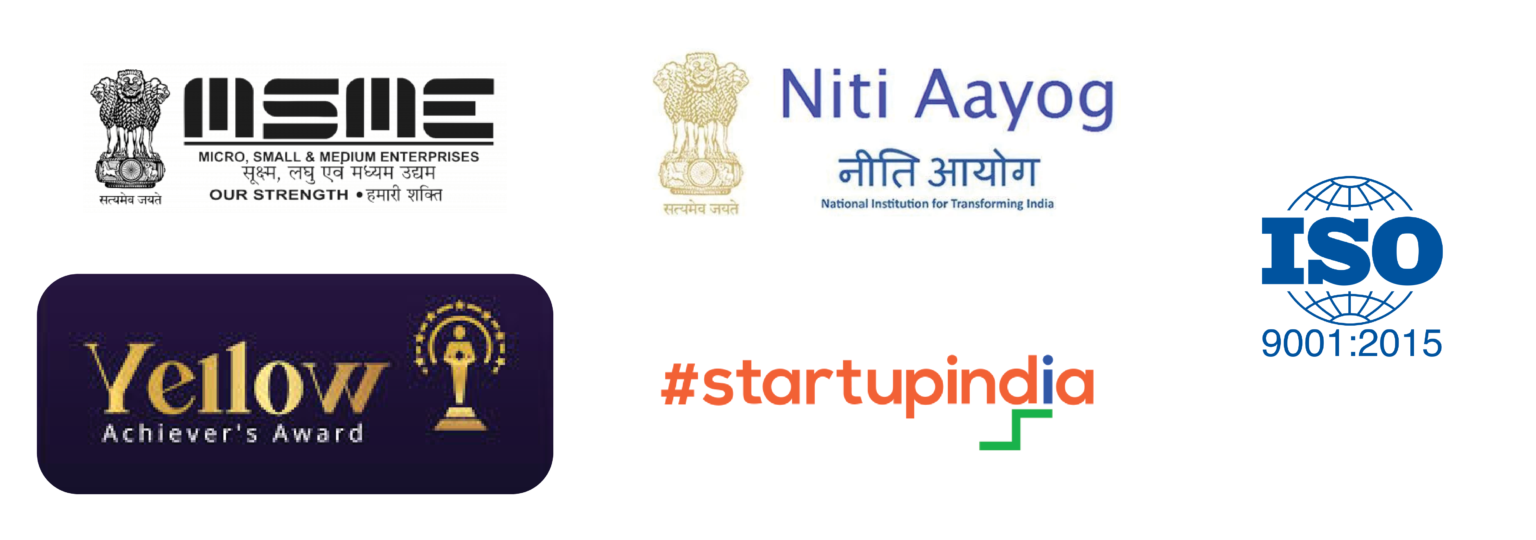Sports floorings
There are many different types of sports flooring available, school sports halls, colleges, universities and leisure centres can get a surface for any use case. There really is no limitation for what can be achieved.
There are special surfaces for sports like football and hockey, and general surfaces for indoor courts, halls and functional fitness areas. In this article, we’ll take a look at some of the different types of sports flooring.
3G pitches
3G and 4G pitches are used for football. The artificial grass is normally made from polyethylene (PE) and it has become very convincing in recent years, offering similar play to real grass. It’s available in a thickness range of 8mm to 20mm.

Hockey pitches
Like football, outdoor hockey pitches use artificial grass. The difference between them is hockey pitches have a shorter and denser surface so the ball skips across it. They can be 2G or 3G and are considered multi-use game areas.
Tennis courts
Tennis courts can be made from artificial grass, polyurethane or concrete. The traditional surfaces are clay, concrete and grass. The correct surface depends on where the court is. An indoor court should have a hard playing surface.
Vinyl floors
Vinyl floors are used indoors to create multi-use game areas. The hard surface provides support underfoot, making it suitable for basketball and netball courts. Schools and leisure centres can use vinyl sports flooring to cover large areas.

Polyurethane floors
Polyurethane floors are perhaps the most versatile of all indoor sports surfaces, with maximum slip resistance and outstanding wear resistance. These surfaces last a lifetime and provide optimal ball bounce for ball games.
Rubber flooring
Rubber flooring, whether it is in the form of interlocking tiles or rubber matting, is used to surface free weight and functional fitness areas. Rubber flooring should be used to protect a substrate (e.g. concrete) from heavy shock.

What sports surface do I need?
If you are resurfacing a sports hall or leisure centre, you really can’t go wrong with a polyurethane floor. There is no necessity to remove existing flooring in many cases and the surface will easily last for over a decade.
For specific sports, it’s important to provide the standardised surface. For football, this is a 3G pitch. For basketball, it’s a hard court. If you are unsure which sports flooring is right for you, feel free to get in touch for free advice.
How Is Sports Flooring Installation Carried Out?
Sports floors come in all shapes and sizes, but sports flooring installation is a structured process. Here’s how the process works:
Removal Of Old Floor
The old floor is removed if applicable. This could be an old hardwood floor, carpet, vinyl or tile. It depends on the previous use case. It may even be an old rubber gym floor. Whatever it is, it’s removed and sent away for recycling.
Subfloor Preparation
Subfloors are made from one of three things:
1. Floorboards
2. Concrete
3. Plywood (boarding)
In the case of floorboards, these need boarding over them to protect them. Otherwise, the sports flooring will compress into the floorboards.
In the case of concrete, it is not always necessary to install boards. However, the concrete needs to be crack free and in a good condition.
Underlay Installation
The best sports flooring installations utilise underlay. This is not the same underlay you use with carpet but a high-performance rubber or foam underlay.
Underlay is necessary to protect the subfloor from impact. The top surface will compress into the underlay rather than the subfloor. Underlay can be built up in two or three layers to suit the intended use case, such as deadlifting zones.
Top Surface Installation
Once the undelay is in place, we can install the top surface. This will be either rubber matting or rubber tiles. The top surface will be non-slip when wet and easy to clean. We use the SPORTEC brand because in our experience it’s the best.
Before the top surface is installed, an adhesive will be sprayed onto the underlay. The top surface will stick to the underlay. The adhesive will keep the floor in place, but it will come up if necessary without damaging the underlay using tools.
Cleaning
Now that the top surface is installed, the floor is ready to use. But before we leave, we’ll clean the floor to remove footprints and dust from the installation process. Your floor will now be ready to be used for workouts.
Why BPT for Sports floorings?
Lean in design
We are flexible with the designs, we execute what you plan for.
Lean in Material Cost
The material cost to build the quality flooring is flexible.
Lean in Installation time
We can install the flooring in a quick manner so you find it ready before the big day.
Get precision and quality flooring done for your sport's area. Contact us now!
Get Updates and Special Offer From Us!
Stay Up-to-date with us and receive the latest deals and newsletter!



